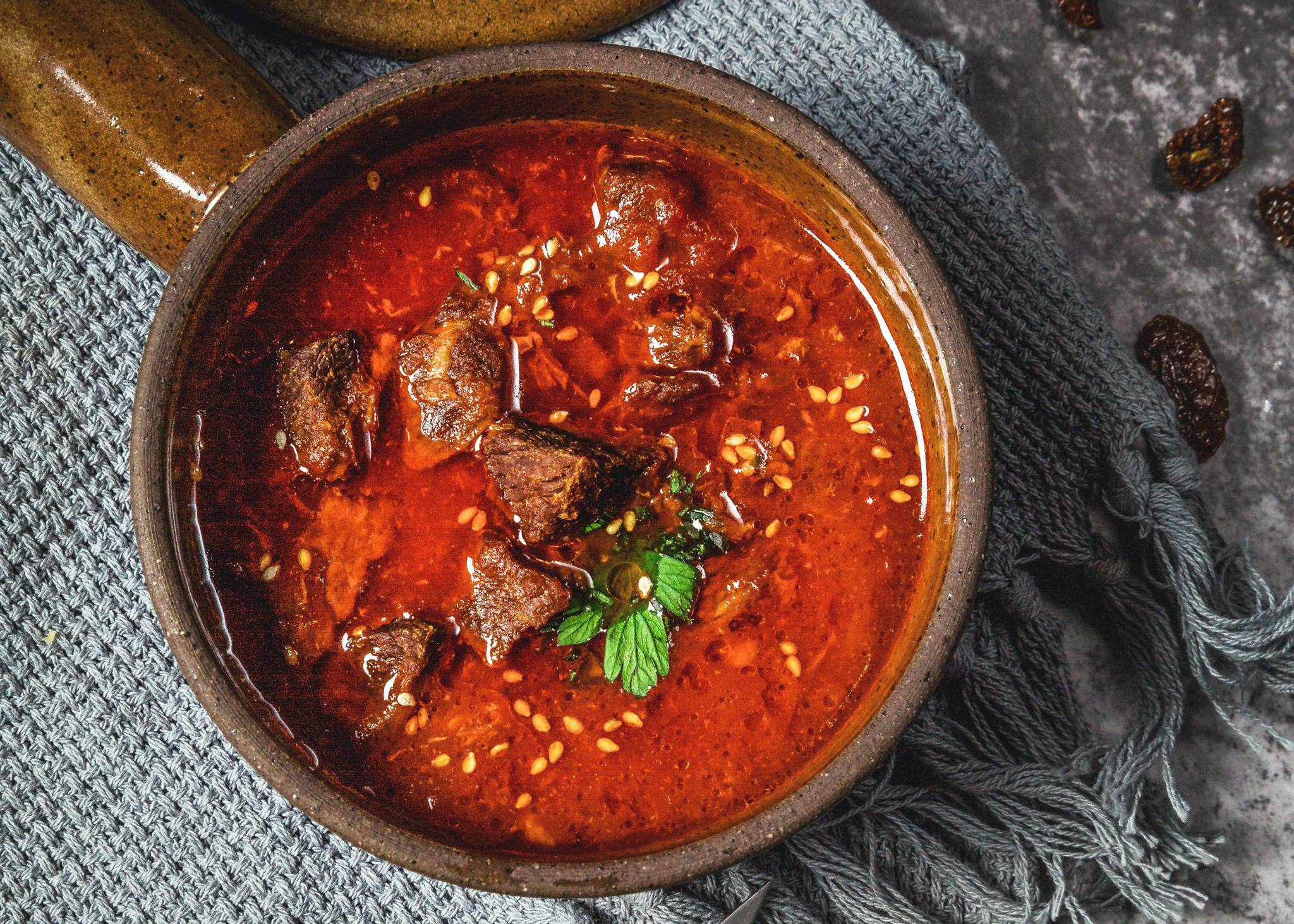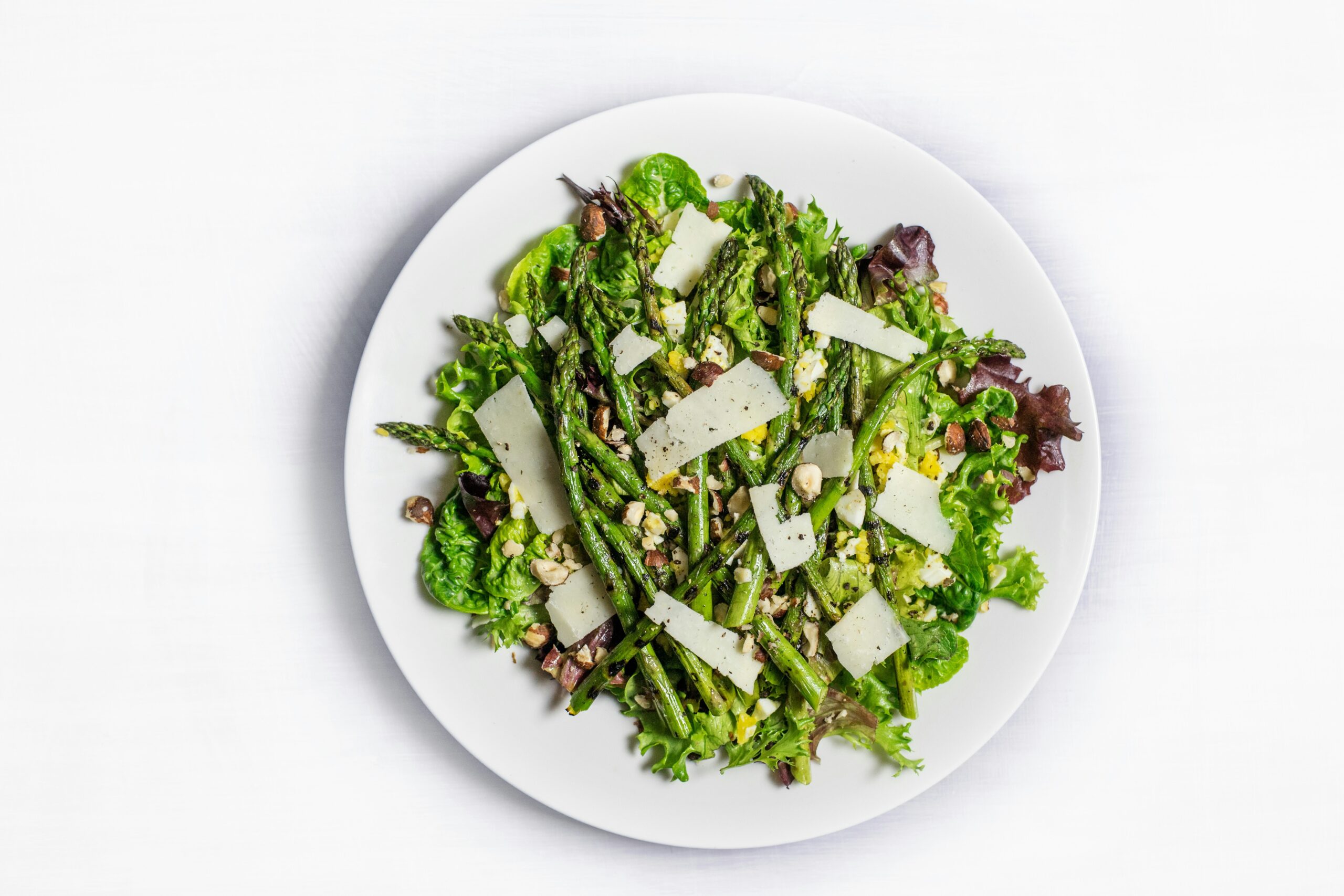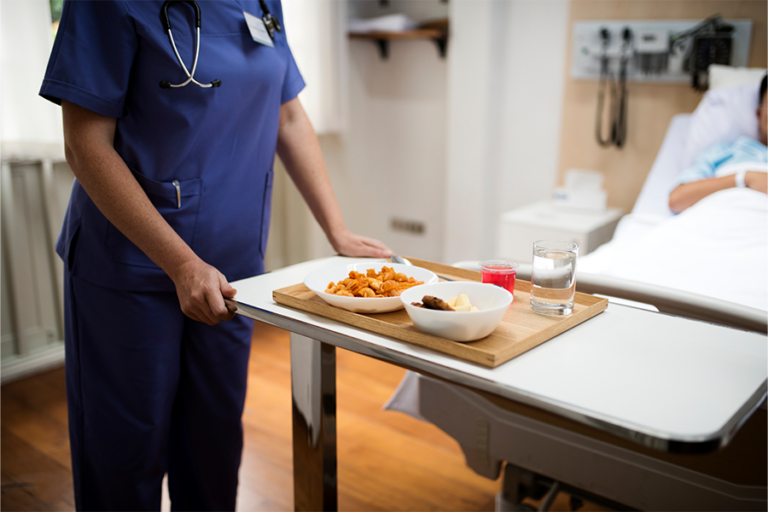Fresh, sustainable, and budget-friendly seasonal ingredients are the key to creating standout menus that delight diners and drive profitability.
Bringing over 25 years of culinary expertise, our new Head of Culinary, Paul Bloxham, is here to help take your menus to the next level. With a deep understanding of seasonal cooking and innovative menu development, he shares expert insights on maximising the freshest ingredients available.
The Power of Seasonal Produce
Embracing seasonal produce enhances flavour, cuts costs, and keeps menus fresh and exciting. Picked at peak ripeness, these ingredients offer superior taste while supporting sustainability, reducing expenses, and aligning with evolving food trends.
By sourcing locally, chefs can boost menu innovation and create stand-out dishes.
Navigating the ‘Hungry Gap’
March is known among farmers and growers as the ‘hungry gap,’ when winter crops start to dwindle and spring crops aren’t fully ready.
While choices may seem limited, there are still fantastic ingredients to work with:
Cauliflowers, spring greens, spinach, nettles, mushrooms, and wild garlic are in their prime and can add a fresh, vibrant touch to your dishes.

Spring’s Star Ingredients
With longer days and milder nights, spring is officially in the air! As winter dishes make way for lighter fare, these are some seasonal delights to feature:
- Fresh Greens: Leafy greens, lettuces, watercress, salad mixes.
- Spring Favourites: Jersey Royal potatoes, asparagus, heritage radishes.
- Premium Proteins: Spring lamb, venison, mussels, crab, sea trout.
Seasonal Recipes
To help you make the most of the fresh seasonal produce ahead, we’ve selected two delicious recipes to inspire your menus.
Jane Grigson’s Curried Parsnip Soup: Serves 6
Ingredients:
1 tbsp vegetable oil
75g smoked bacon lardons
2 onions
2 big garlic cloves
750g parsnips
1 lemon juiced and zested
25g butter
1 tbsp madras / medium curry powder
1.5 l vegetable or chicken stock
150ml creme fraiche
1 small bunch chives
Method:
1. Heat the oil in a heavy-bottomed pan and add the bacon. Cook, stirring a couple of times, for about five minutes until the fat is crisp. Scoop out of the pan onto absorbent kitchen paper to drain. Meanwhile, peel and chop the onions, garlic and parsnips.
2. Add the butter to the pan and when melted, stir in the onion, garlic and lemon zest. Cook gently, stirring a couple of times, for a few minutes and then stir in the parsnip. Cover the pan and cook for five minutes, stir again and cook for a further five minutes. Stir the curry powder into the vegetables, stirring until disappeared into the juices and cook for a couple of minutes.
3. Add the stock, bring to the boil, partially cover the pan and cook at a steady simmer for 15-20 minutes until the parsnip is tender. Liquidize in batches, return to the pan and adjust the seasoning with salt, pepper and lemon juice. If the soup seems too thick, add a little water.
4. Serve with a swirl of cream, bacon croutons and a sprinkling of freshly snipped chives.
Wild Venison Ragu with Rigatoni, Parmesan & Horseradish: Serves 4
Ingredients:
1 onion, chopped
1 carrot, peeled and finely diced
2 celery sticks, finely diced
4 garlic cloves, crushed
6–8 dried porcini mushrooms, rehydrated in boiling water then drained and chopped:
1 small leek, finely diced
100g pancetta lardons
small bunch fresh thyme, chopped
2 juniper berries, crushed
1 tsp caraway seeds
1 bay leaf
800g minced venison
150 ml beef stock
3 tbsp tomato purée
200ml whole milk
300ml chopped quality tomatoes
Olive oil, salt & pepper to taste
75g butter
500g spaghetti or rigatoni
50g fresh horseradish / wasabi (optional)
Method:
1. To make the ragu, in a sauté pan over a medium high heat brown the lardons and venison mince until brown and season with salt and pepper, Add the onion, carrots, celery, leek, garlic and porcini to a food processor and blend together. add the blended vegetables along with the thyme, juniper, caraway seeds and bay. Sweat gently for 20 minutes to soften.
2. Add the tomato purée and cook out, for 2 minutes, then pour in the milk, tomatoes and stock to almost cover. Season with salt and pepper. Simmer gently for 1 hour until tender. Stir the butter into the ragu and grate over a little nutmeg just before serving.
3. When ready to serve, cook the pasta according to the packet instructions, drain and toss through the finished ragu Serve into bowls and plenty of freshly grated Parmesan and horseradish is required.









